What Food To Plant

At this time we are in month #2 of the Corona-19 virus quarantine. Many people are concerned about food shortages, and purity of what food they are eating. Suddenly the availability and the sheer cost of buying ‘organic’ food is not looking so sustainable. But what can you plant?
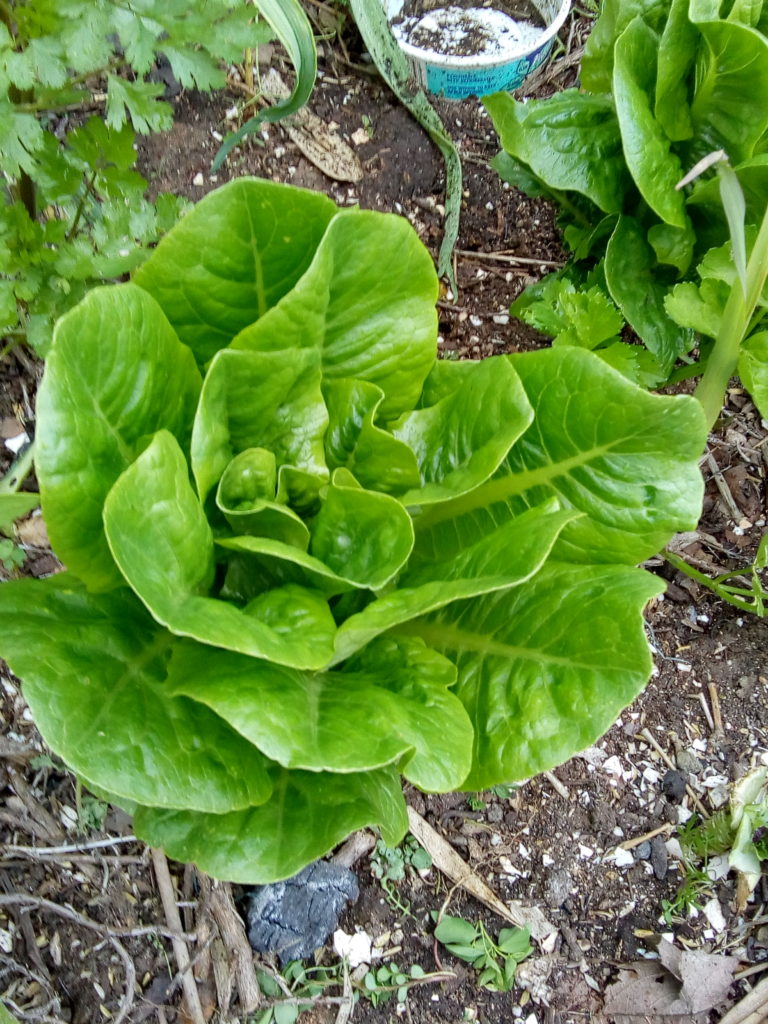
First of all, if you have an organic CSA (Community Supported Agriculture) or food stand near you, or farmer’s market with organic food, please buy from them as much and for as long as you can.
If you want to grow food, the here are some tips:

Plant what you want to eat. That may sound simplistic, but if you don’t eat yellow summer squash, then don’t plant it. If you really don’t like kale but think that you should eat it, you may want to use the space for something you will eat. If you are thinking of perennial foods such as fruit trees, evaluate your space and also what fruit you really want to grow. Some things are just better off purchased from a farmer than given the space and water in your yard. If you use limes once a week, growing a big thorny lime tree in a small backyard doesn’t seem practical, but if you have half an acre its fine. See what its growing requirements are and if you have enough heat or chill factor or water to grow that specific tree.

Plant enough for your family to eat. One or two strawberry plants aren’t going to give you the crop that you want, or will one been plant. If space is limited, then decide what you want to grow a lot of, and limit what you are growing per season to those crops.
What season is it? Don’t be fooled by what plants are for sale in box stores, hardware stores, and even nurseries which should know better. You can’t grow corn planted in the Fall: there isn’t enough day length or warmth for them to mature. Depending upon where you live, there are windows of opportunity for planting, down to here in the valleys of Southern California where you can plant something all months of the year. Which is pretty exhausting, actually.

Plant food that not only can be eaten fresh, but also those which can be dried, frozen, canned or otherwise saved for off-season. Its great to eat fresh salads, but plan for protein and flour sources as well. Grow pinto, black or other ‘dry’ beans, those which you leave on the plant until the pods dry and then you harvest and keep the beans. There are so many beautiful beans, with so many different textures and flavors! And they have great names, like Christmas Beans, Goat’s Eye Beans, etc. As most of these are tall-growing, you can put these beans on poles or other vertical supports and save room in your garden. Remember that legumes are nitrogen fixers, so don’t pull up the plant, cut it at its base to leave the roots and their nodules to feed the next crop.

Don’t forget about pumpkins and other ‘winter’ squash. Kabocha is a Japanese winter squash that is delicious, not too ‘squashy’, and keeps its shape when in tempura or in a soup or stew. Delicata is mild and delicious. Spaghetti squash has a mild flavor and is fun to eat, but usually needs some pizza treatment to make it interesting. There are a lot of winter squashes with a myriad of flavors, sizes and textures. Pumpkins and other winter squash can keep for a month or more, depending upon their variety. If you have large ones, prepare to have to ‘butcher’, prepare, use and store a lot of food. Pumpkin pancakes, bread, soups, stews, baked pumpkin, pumpkin chai…. mmmm.
Yes, you heard me right when I said flour. Growing wheat is possible, but growing enough to make a difference, then separating the chaff and grinding it finely enough to use for flour is quite the endeavor. However, you can easily grow corn and make cornmeal. Hard corn is the same as those pretty ears you see at Thanksgiving. You allow the corn to dry on the stalk, and then separate the kernels from the ears (shucking), and store them as is, or put them in a high speed blender and grind them finely. You may need to sieve the results a few times and repeat to get a fine flour, or even use a mortar and pestle for some stubborn bits, but the flour is excellent and can be refrigerated or frozen.
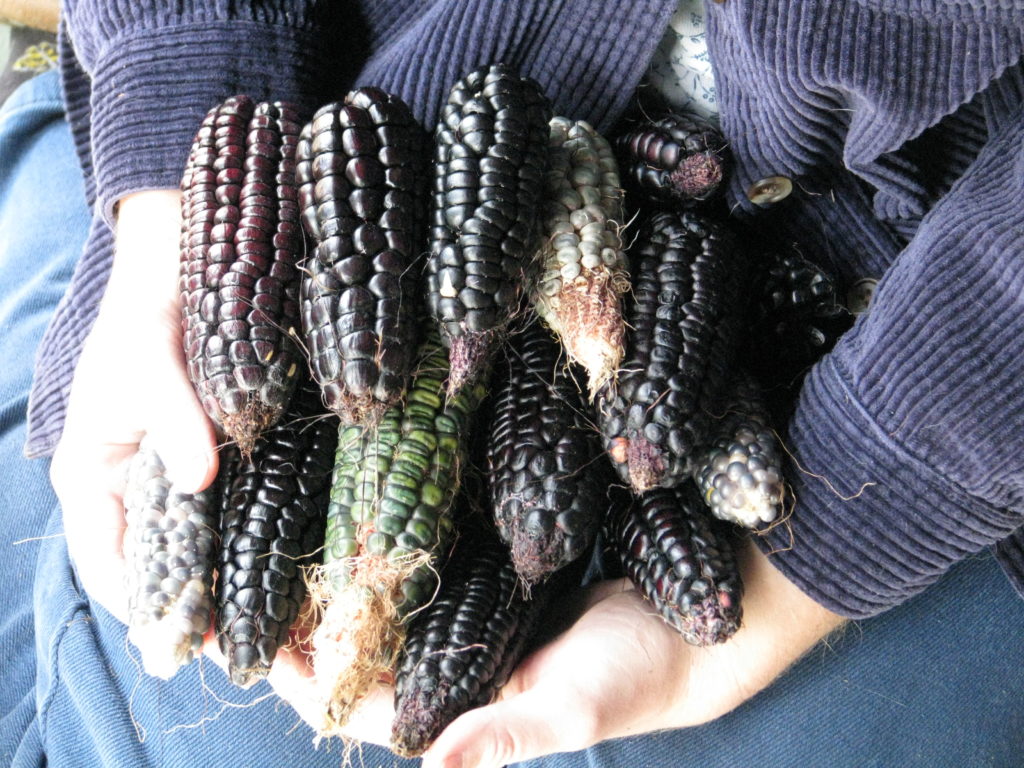
Colored corn makes colored corn meal, too. We’ve grown Black Corn and had dark purple corn bread, absolutely love blue corn meal pancakes, and this year are growing both Hopi green dent and red corn. Can’t wait for green cornmeal for Halloween!
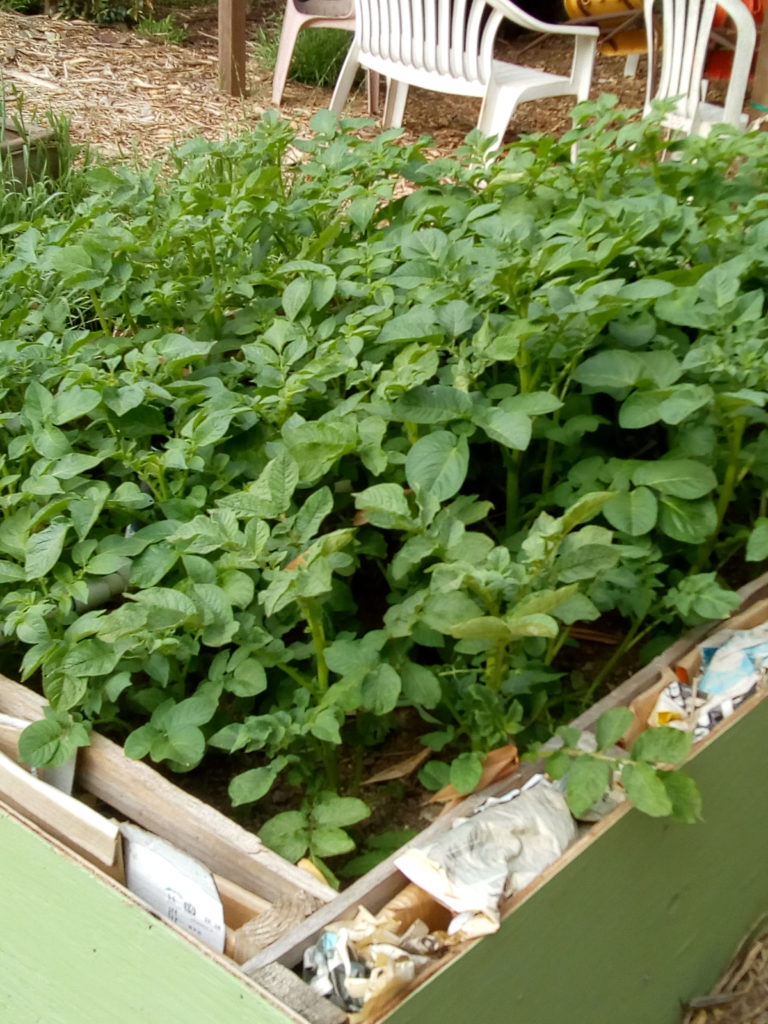
Don’t forget about tubers, either. ‘Irish’ potatoes, which don’t come from Ireland, grow from swollen stems and can be planted in containers and then hilled up around the growing stems. More potatoes will grow from the side stems. You can plant ‘trash can’ potatoes, or have a bed especially for them. These potatoes don’t mind some cold. There are white, yellow, red, blue, purple, red-skinned, purple-skinned… so many different potatoes with slightly different textures and flavors. I love the purple-inside variety; it makes great colorful mash!
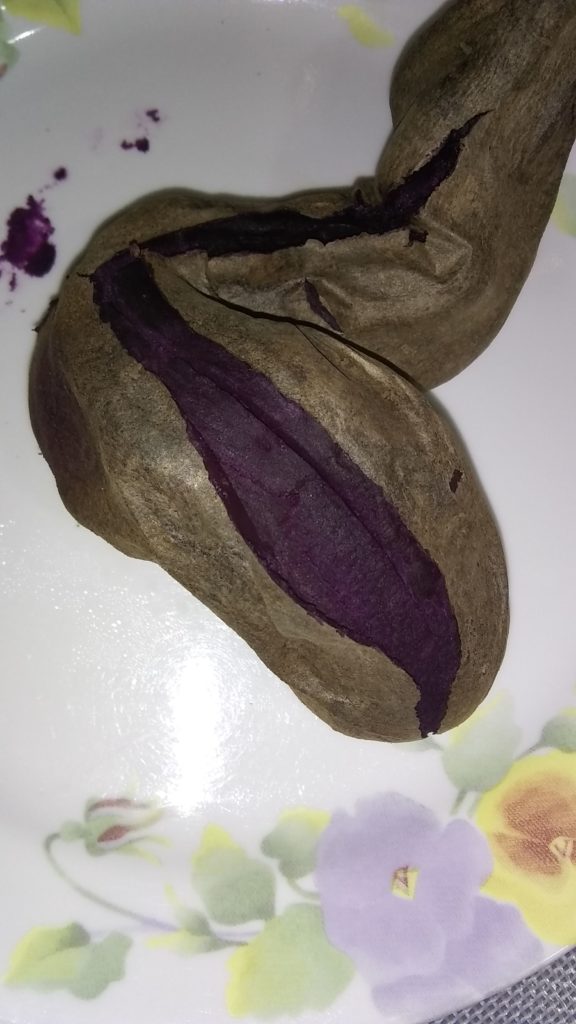
Sweet potatoes and yams, which are basically the same thing, are a tropical plant best put in the ground when the soil and temperatures warm up. If you are iffy about eating sweet potatoes… grow your own and taste them without all that marshmallow gloop all over them. They are absolutely amazing. And their leaves are edible as well (not so with the ‘Irish’ type!! Those are related to tomatoes). There are colorful varieties of sweet potatoes as well, and they can certainly be grown in the house as a lovely house plant under the right conditions, and then dumped and eaten!
Don’t forget about growing herbs, not only that you can eat fresh such as basil, but those you can dry such as oregano and dill. Don’t forget medicinal herbs that you can make into tea whether fresh or dried, such as chamomile, catnip (it works as a pick-me-up for humans!), mint (anti-depressant and stomach soother), rosemary, and more. Perennial herbs can go anywhere in your landscape; annual herbs can have their own bed or be tucked in between your veggies as companion plants. Allow some herbs to go to flower to attract the tiny beneficial insects.

If you suspect that your soil may be contaminated from a former agricultural or industrial business, such as a paint factory, that was on the land before your home was built, please have your soil tested for lead, chromium and arsenic at the very least.
Growing your own food is very rewarding, and well worth the work. Protect your food from hungry animals with wire, over and if necessary, under. Make sure the plants have regular water, so hooking up a watering system on a battery timer is a smart move for busy people. Place your veggies close to the house so you will run out and harvest when you want something. Make sure your site has enough sun even in the winter so that, if weather in your area permits, you can grow outside then as well.
Don’t forget that all of those veggie scraps can be saved and then used to make a really amazing broth before they are finally composted. The broth can be frozen.
Have fun with your veggies! Stay healthy! Best wishes to all of you from Miranda and me.


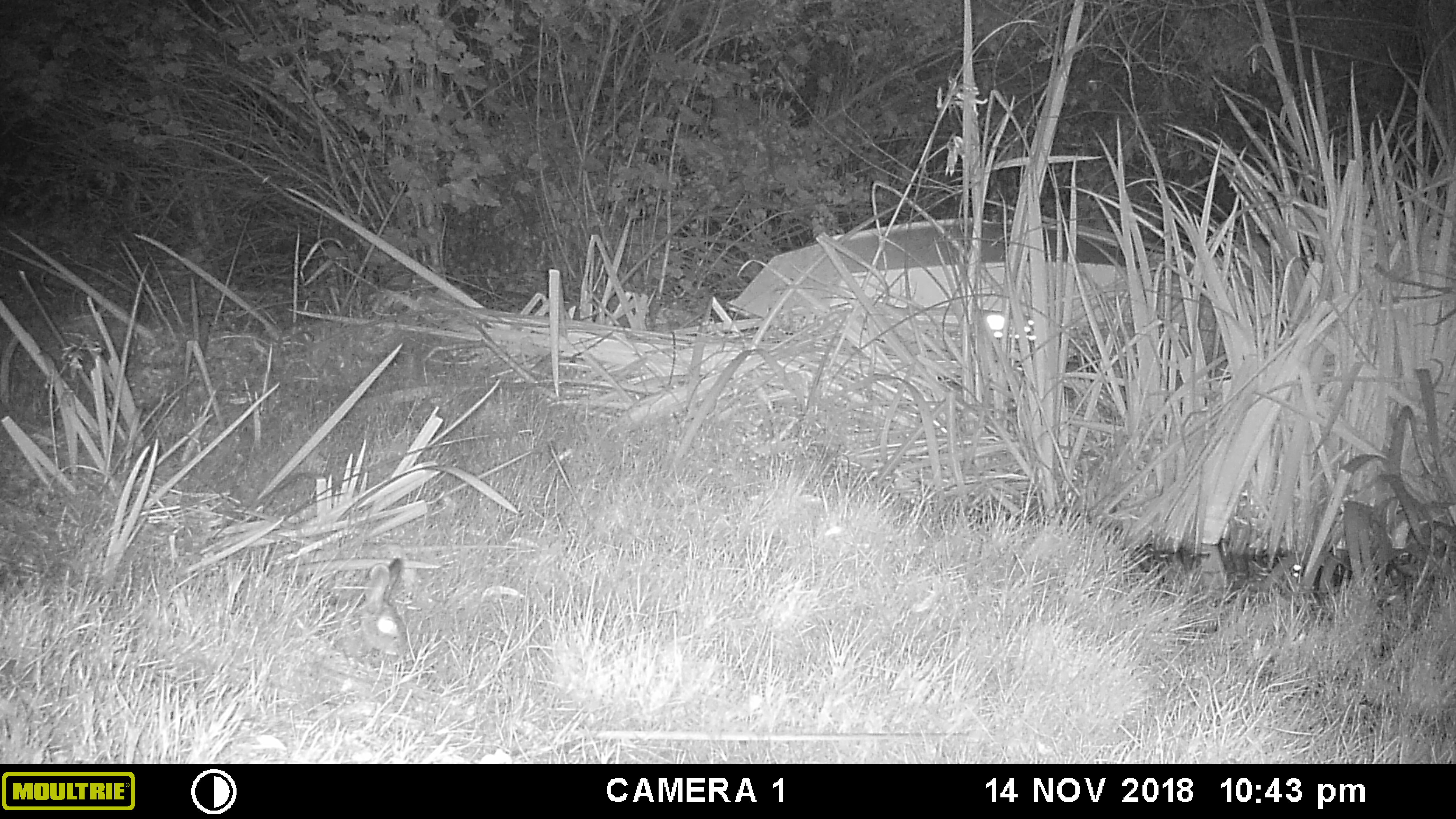
2 Comments
Diane
Hi Sharon. Thanks for wanting to subscribe! There is a box on the webpage, and I’ve gone ahead and entered your email into it so you should be subscribed. Best of health, Diane
Sharon Albistegui
I want to subscribe.